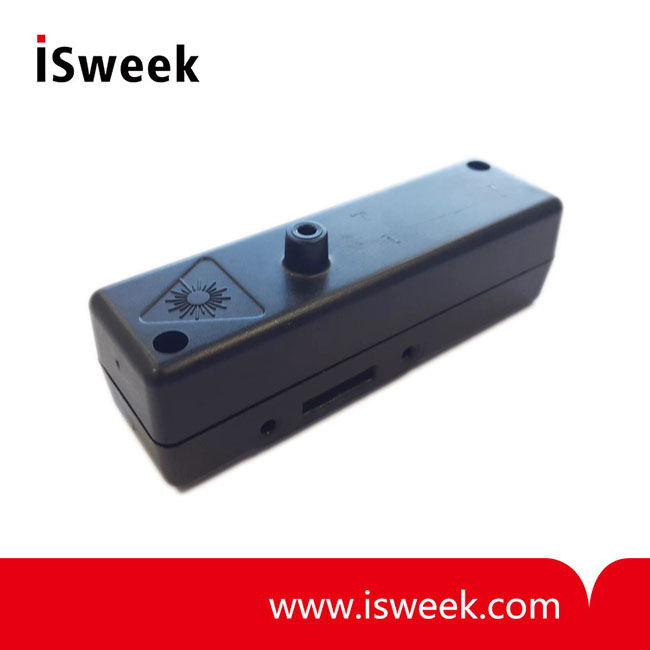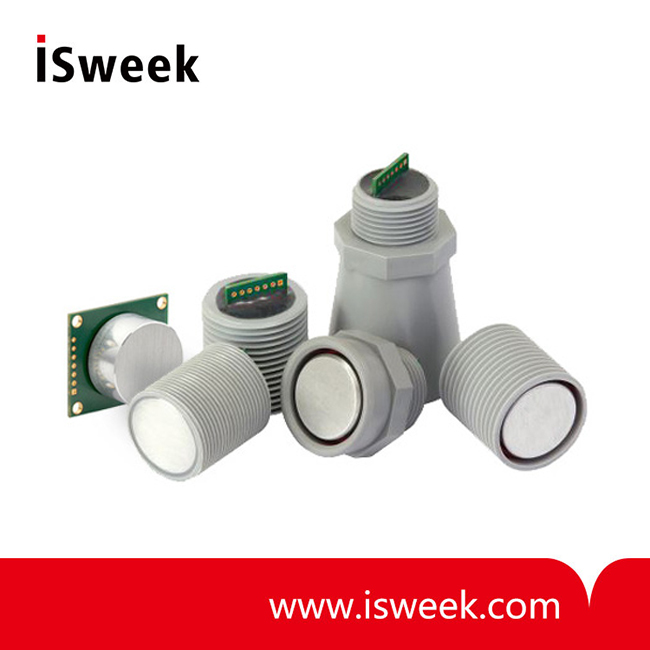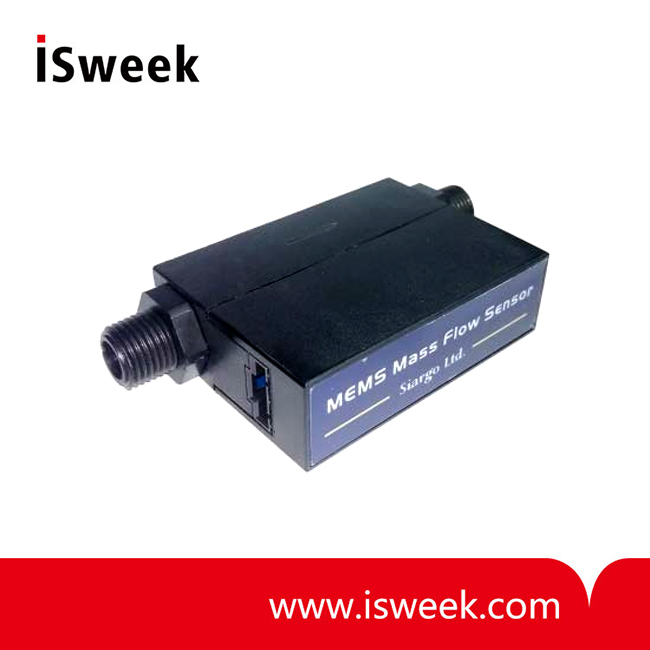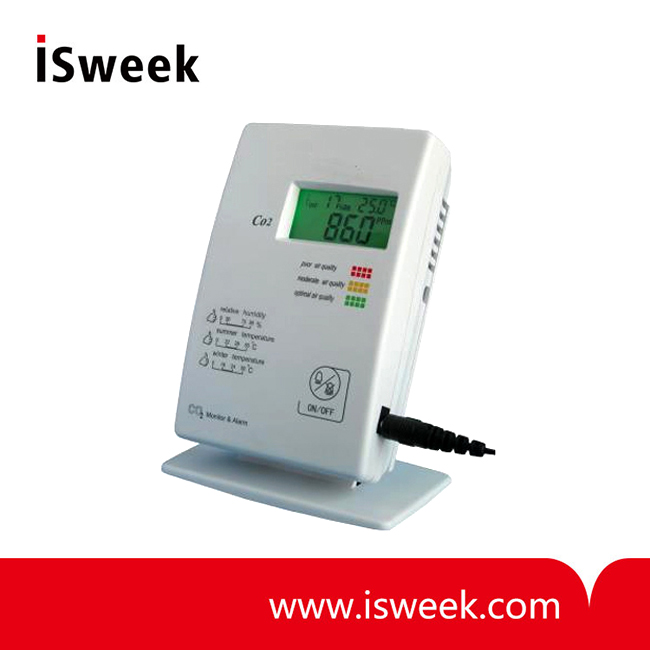Introduction
The sensor is applicable in a wide range of fields, including education, transportation, sports, entertainment, the military, and more. There are various kinds of sensors on the market, each with a distinct function. These include wearable, non-wearable, invasive, and non-invasive sensors. These sensors can be attached to the wearer’s clothes or body to monitor activity. Many medical sensors can measure multiple psychological parameters. This blog explains the different types of medical sensors, how they are used, and their role in diagnosing various diseases.
Table of Content
2. What are the requirements for sensors in medicine?
3. Main Uses of Medical Sensors
1. What are Medical sensors?
Medical sensors are microcontroller-based devices that can collect and interpret real-time health data, convert it into a measurable form, and transmit it to a mobile device. By continuously monitoring the patient’s health, medical sensors enable healthcare applications to potentially save a patient’s life. The constant patient monitoring provided by medical sensors is one of the many advantages that contribute to their popularity in the healthcare industry. Ongoing monitoring facilitates early disease diagnosis and therapy planning.

2. What are the requirements for sensors in medicine?
- High safety(especially for sensors and transducers used in the human body), high sensitivity, and high signal-to-noise ratio (high selectivity).
- Physical safety: Electrical isolation and floating techniques.
- High chemical safety: Non-toxic, with no short-term or long-term carcinogenic effects.
- High biological safety: No DNA or RNA mutations.
- High selectivity: Resonance effects, filtering techniques, adaptive techniques, molecular recognition, and ion recognition technologies.
- High sensitivity: Techniques for physical, chemical, and biological amplification.
3. What are the benefits of home health monitoring?
In-home patient monitors must include sensors that are accurate, dependable, simple to integrate, and easy to interpret. Their measurements have the potential to improve patient diagnosis and therapy, as well as facilitate remote monitoring of long-term conditions. Overall, the implementation of health monitoring systems enhances medication administration, patient safety, and long-term disease management. Utilizing patient monitors also reduces healthcare costs while improving patient outcomes. The vital signs of the patient, such as the ECG, blood pressure, respiration, temperature, and peripheral oxygen saturation (SpO2), will be monitored and displayed through home health monitoring devices.
Detection of Biological Information: For example, measuring intracardiac pressure before heart surgery; and monitoring blood viscosity and lipid levels in cardiovascular disease research.
Clinical Monitoring: Continuous monitoring of physiological parameters such as body temperature, pulse, blood pressure, respiration, and electrocardiography (ECG) before and after surgery.
Control: Using detected physiological parameters to control physiological processes in the body, such as in electronic prosthetics.
Anesthesia Delivery Machines and Ventilators: Anesthesia delivery machines and ventilators support patients during medical procedures and intensive care. Anesthesia machines induce sleep and provide pain relief while supporting breathing and monitoring vital signs such as blood pressure and heart rate.
Similarly, ventilators assist patients with inadequate or compromised breathing due to medical conditions or procedures. They use airflow, oxygen, pressure, temperature, humidity, and magnetic efficiency sensors to regulate air delivery and enhance patient care. Both devices rely on advanced sensor technologies to optimize their performance and improve patient outcomes.
Classification by Working Principle:
- Chemical Sensors: Use chemical reactions to convert chemical components and concentrations into electrical signals.
- Biosensors: Utilize biological active substances for selective detection and measurement of biochemical substances.
- Physical Sensors: Rely on physical changes in materials to detect various parameters.
- Bioelectrode Sensors: Measure various bioelectrical signals from the body, such as electrocardiography (ECG), electroencephalography (EEG), electromyography (EMG), and neuronal discharge.
Classification by Type of Measurement:
- Displacement Sensors
- Flow Sensors
- Temperature Sensors: Include thermistors, thermocouples, and PN junction temperature sensors.
- Speed Sensors
- Pressure Sensors: Include metal strain gauge pressure sensors, semiconductor pressure sensors, capacitive pressure sensors, and other types capable of detecting pressure.
Classification by Replacement of Human Senses:
- Visual Sensors: Include various optical sensors and other sensors that can replace visual functions.
- Auditory Sensors: Include various microphones, piezoelectric sensors, capacitive sensors, and other sensors that can replace auditory functions.
- Olfactory Sensors: Include various gas-sensitive sensors and other sensors that can replace olfactory functions.
Conclusion
The accuracy of patient diagnosis is closely related to doctors’ ability to enhance their perception using diagnostic instruments. Such instruments are essential for precisely defining distances, accurately measuring body temperature, and instantly detecting objects and microorganisms that are invisible to the naked eye. The data collected by sensors assist healthcare professionals in understanding critical conditions more quickly and accurately, allowing patients to better understand and improve their health. From non-invasive blood pressure monitoring to portable home ventilators, sensors provide localized data and information to the cloud, delivering enhanced services to patients, healthcare professionals, and the medical industry.








